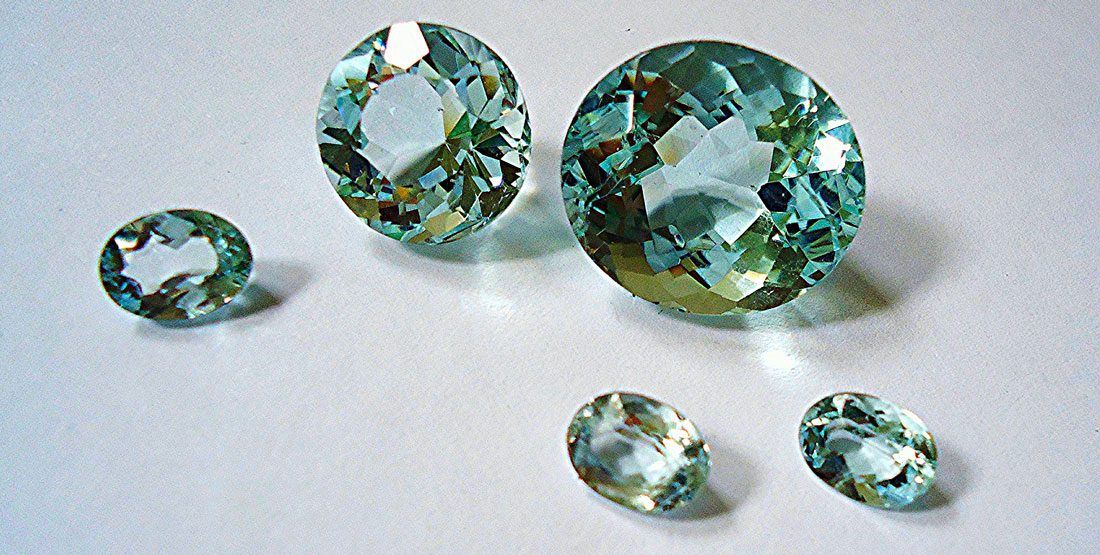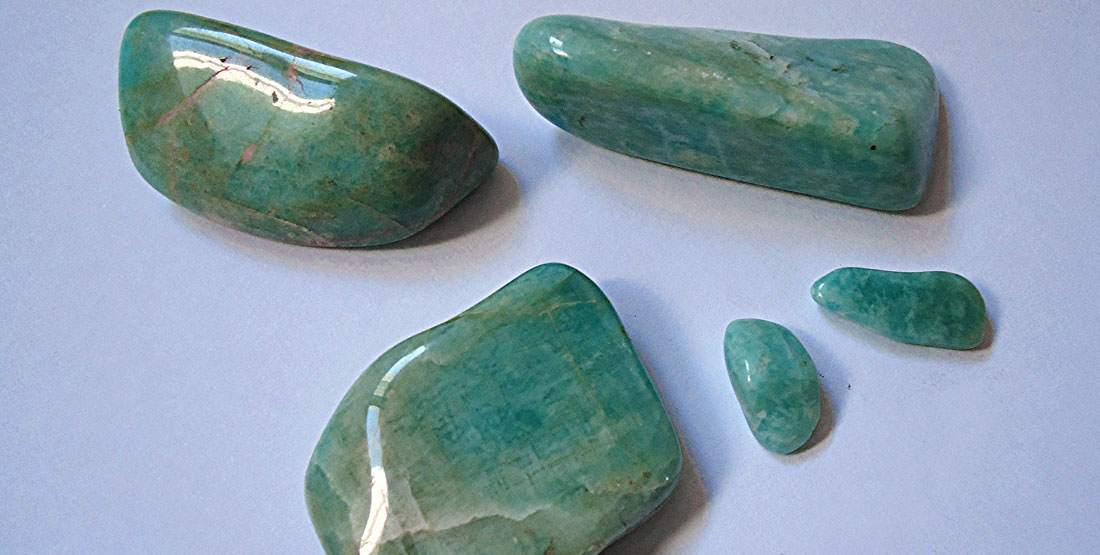History of aquamarine
Aquamarine's name comes from the words "aqua" and "mare," meaning water and sea, from its intense blue-green color. Because of its resemblance to the ocean, sailors used to wear talismans made of aquamarine depicting the god Neptune, who ruled the seas. With the help of their god, they believed the aquamarine would offer them protection from the elements.
Science of aquamarine
Aquamarine is a variety of the mineral beryl. Beryl generally forms inside granites as magma (molten rock) cools deep inside the Earth. Beryl comes in many different colors, ranging from clear to the deep green of the stones we know as emeralds. Aquamarine, though, is usually blue-green in color due to the presence of iron within the mineral's structure. Less desirable yellow or clear aquamarines can be heat-treated to produce the vibrant blue-green hue.
Alternate
An alternate birthstone for March is bloodstone, a dark green opaque (cryptocrystalline) quartz flecked with red spots.


